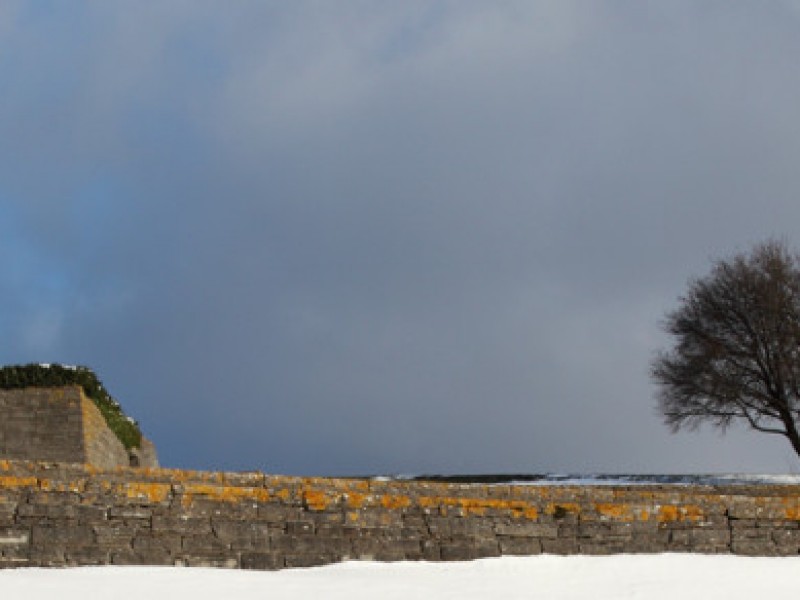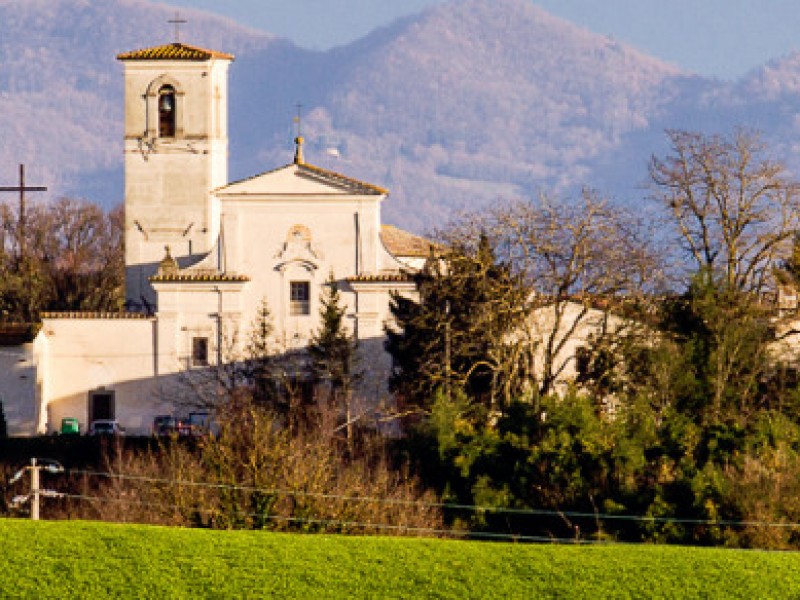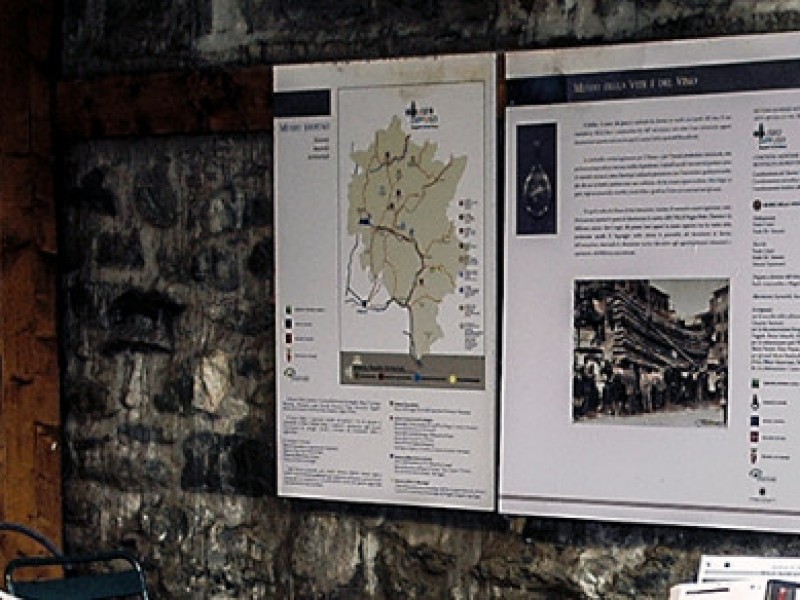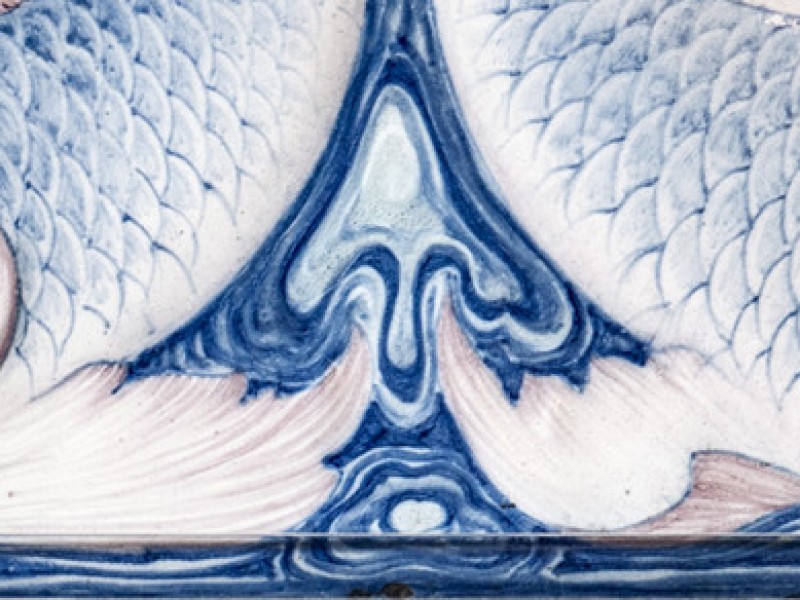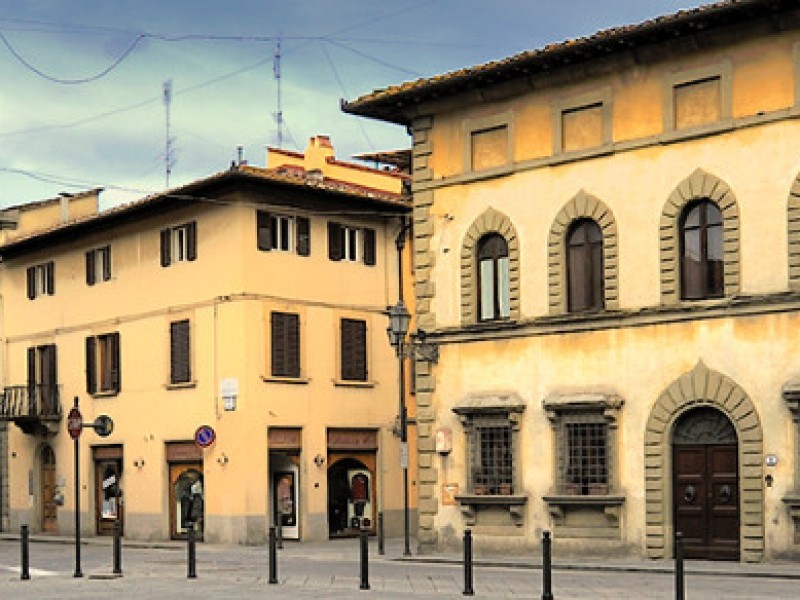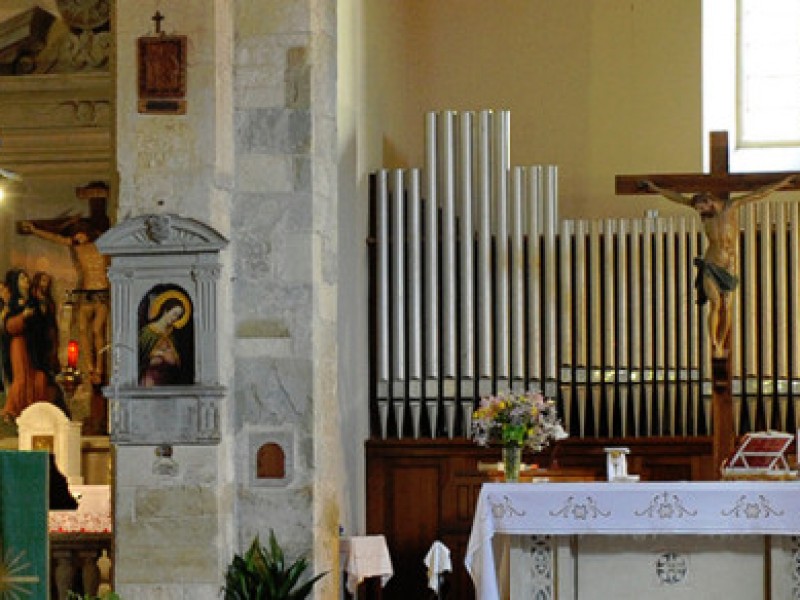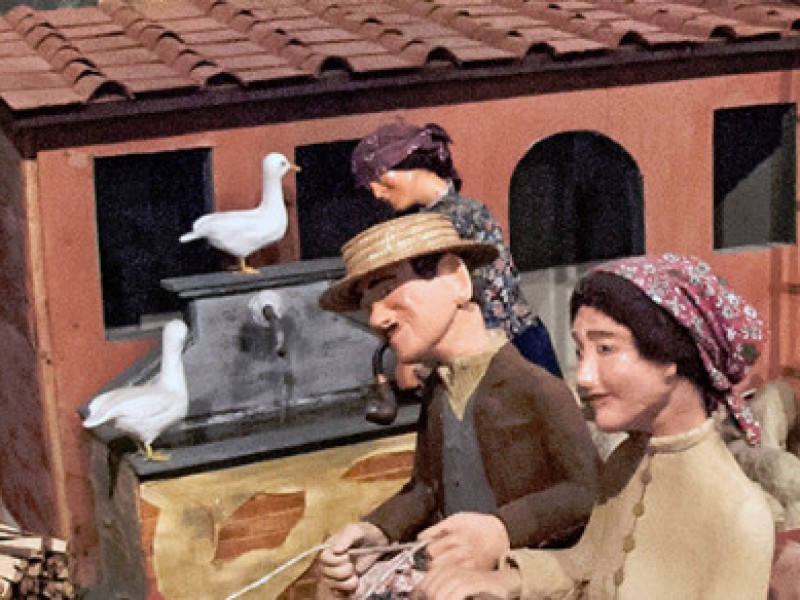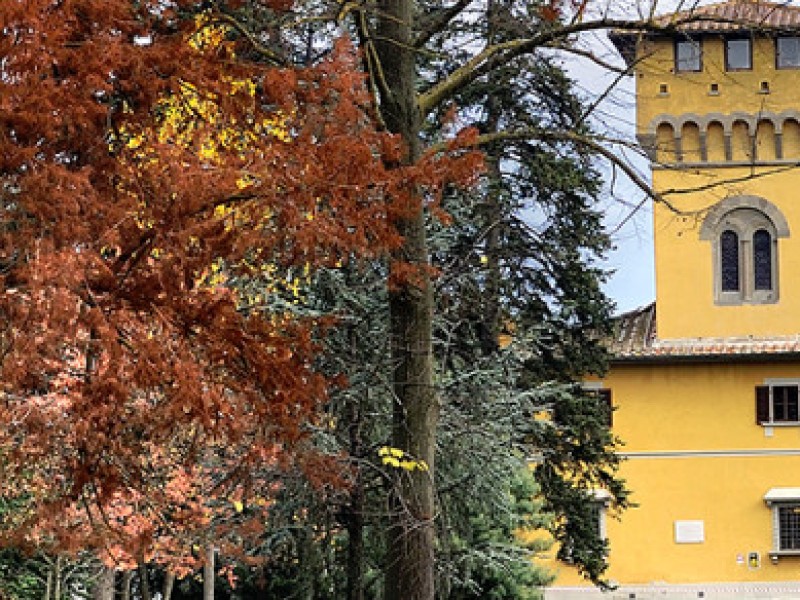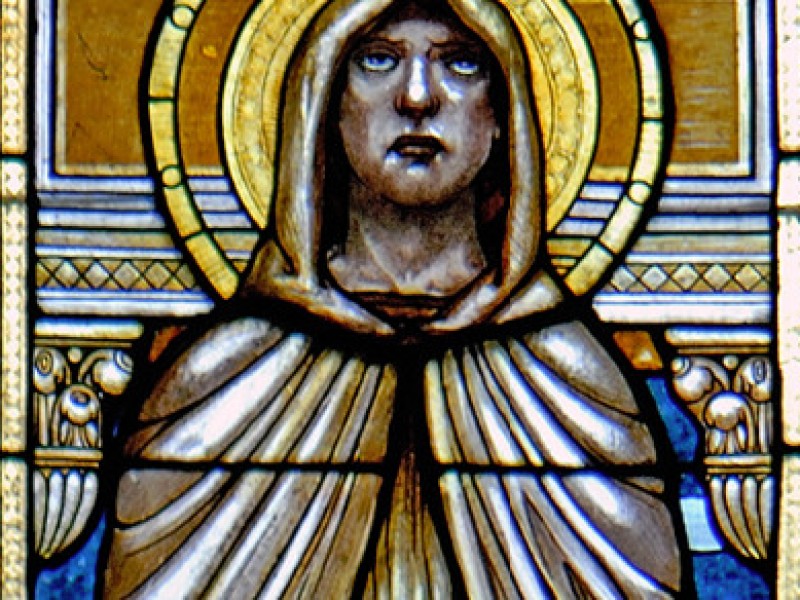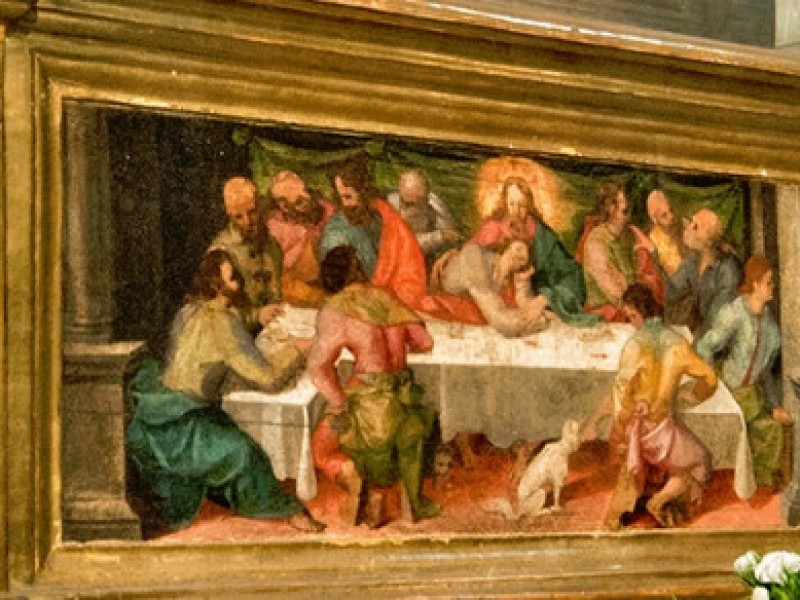 Palazzo dei Vicari
Palazzo dei Vicari
The two towns became one on January 1st, 2014.
San Piero a Sieve is an ancient hamlet grew around the church by the same name in roughly the 11th century; in the 14th and 15th centuries it lived its most important moment in history wiith the Medici family, who built numerous villas in the area. Fortezza di San Martino, built by Cosimo I in 1569, stands on the highest hill in the town. Bernardo Buontalenti contributed to the construction of the magnificent fortress.
Trebbio Castle, a marvellous Medieval structure, was commissioned by Cosimo de’ Medici and built by Michelozzo. Lawrence the Magnificent loved to hunt there, Giovanni dalle Bande Nere, his wife Maria Salviati, and their son Cosimo I lived there, and in 1476 a young Amerigo Vespucci, who was fleeing the plague ridden Florence, was a guest there. In 2013 Trebbio Castle was classified a UNESCO world heritage site.
Not far from the town we find Bosco ai Frati Convent. Founded by the Ubaldini family before the year 1000, later it was donated to Saint Francis of Assisi. In 1273 San Bonaventura resided there and the church holds his name. The Medici left the convent numerous precious gifts. Among these we find a wooden Crucifix attributed to Donatello.
For years the Ubaldini family dominated the area, but on September 8, 1306, the Florentine Republic decided to oppose their hold on the land and founded a “new land” called Castel San Barnaba, today known as Scarperia (from the word scarp, of the Apennines). Palazzo dei Vicari, the home of the Museo dei Ferri Taglienti (Museum of Cutting Blades), which now presents a new exhibition on the art of blade making that has made Scarperia famous the world over. On via Solferino, the ancient Cutler’s shop allows visitors, with the help of expert craftsmen, to participate in the production of cutting blades using ancient tools and methods.
Scarperia is also home to the Mugello Circuit.
Along with shopping for the perfect knife, we suggest a visit to the surrounding churches which are rich in art, for example Fagna and the Romanesque church in Sant'Agata. The hamlet of Sant’Agata also offers delightful little museums: the Raccolta di Arte Sacra (Collection of Sacred Art), the Centro documentazione archeologica di Sant'Agata (Centre for archeological documentation) and the Sant’Agata Artigiana e Contadina (Crafts and Farming) by Leprino, with its display of moving characters that mime the crafts and farm life of the past.
In the locality of Ponzalla it important to visit the Centro Documentazione e Ricerche Storiche di Gotica Toscana (Centre for Research and Historical Documentation of the Gothic Line in Tuscany), founded to preserve the memory of WWII and the consequences it held for the territory.
Art and faith
At just a stone’s throw from Florence, coming from the city, along via Bolognese we find St. Pietro Parish Church in San Piero a Sieve. The parish priest from 1482 to 1529 was Leonardo di Bernardo de’ Medici, Bishop of Forlì; his family’s coats of arms still hang above the main door. Thanks only to the Medici family’s patronage the splendid baptismal font (1508) in glazed polychrome terracotta representing the life of St John the Baptist by Della Robbia ornates this church. On the main altar we can admire a wooden Crucifix by Raffaello di Montelupo. In the presbytery, are numerous priceless works of art. Tel: +39 055 848161
Just before reaching Bilancino Lake, a narrow dirt road on the left leads us to one of the most ancient Tuscan convents: Bosco ai Frati Convent.
In Scarperia town centre, in front of the famous Vicari Palace, we find Madonna di Piazza Oratory where, by tradition, the vicars took office and received the title of Podestà del Vicariato (Podesta of the Vicariate). It is an elegant 15th century construction: inside we can admire a cross-vault ceiling covered in frescoes attributed to Jacopo del Casentino, creator of the precious panel of the Madonna on the throne with Child and Angels that hangs in a fine late Gothic temple. The impressive marble cornice shaped like a tabernacle, is completed with a base and lunette, by Mino da Fiesole. On the same square stands the Rectory of St. Jacopo and St. Filippo, once part of an Augustinian convent. In fact, a part of the 15th century cloister is still visible. Inside the church we can find period frescos, a wooden Crucifix by Sansovino, a marble tondo by Benedetto da Maiano (15th century), and a tabernacle for the holy oil by Mino da Fiesole. Tel. +39 055 8468165
In the countryside:
- Sant’Agata Parish Church, situated on one of the most important Medieval routes: the “Via di Sant’Agata” which connected Florence to Bologna by way of the Passo dell’Osteria Bruciata (Burnt Inn Pass). The church was built before the 11th century; the façade has intertwining bands carved into the architrave above the portal. The structure, built in limestone with touches of sandstone and green serpentine, has a central nave and two side aisles which, in a rather original but functional architectural fashion, support the wooden beams that brace the double sloping roof. Inside we find a wooden panel by Jacopo di Cione portraying Our Lady of Grace to whom expectant women pray. On occasion, especially after earthquakes or other grave events, the panel is carried in procession. We can also find a panel of the Madonna on the throne with Child, San Jacopo and Sant’ Agata said to be by Ridolfo del Ghirlandaio, a panel of the Madonna and Child holding a ring out to St. Catherine of Alexandria on a predella by Bicci di Lorenzo, and a 16th century octagonal baptismal font of sandstone surrounded by a balustrade composed of seven marble slabs from the 12th century ambo. Tel. +39 055 8406985 - 8406853
- St. Maria a Fagna Parish Church is an 11th century structure with late Baroque features due to the radical renovations of 1770. From the Romanesque period remains a pulpit composed of six engraved mirrors and a fine octagonal baptismal font covered in ceramic (12th century). Ultimately, we can admire an interesting Assumption of the Virgin (1587), by Santi di Tito, and a wax Christ Departed (1805) by Clemente Susini. In the church was buriewd the Cardinal Ottaviano degli Ubaldini at the end of the 13th century. tel. +39 055 8468165













